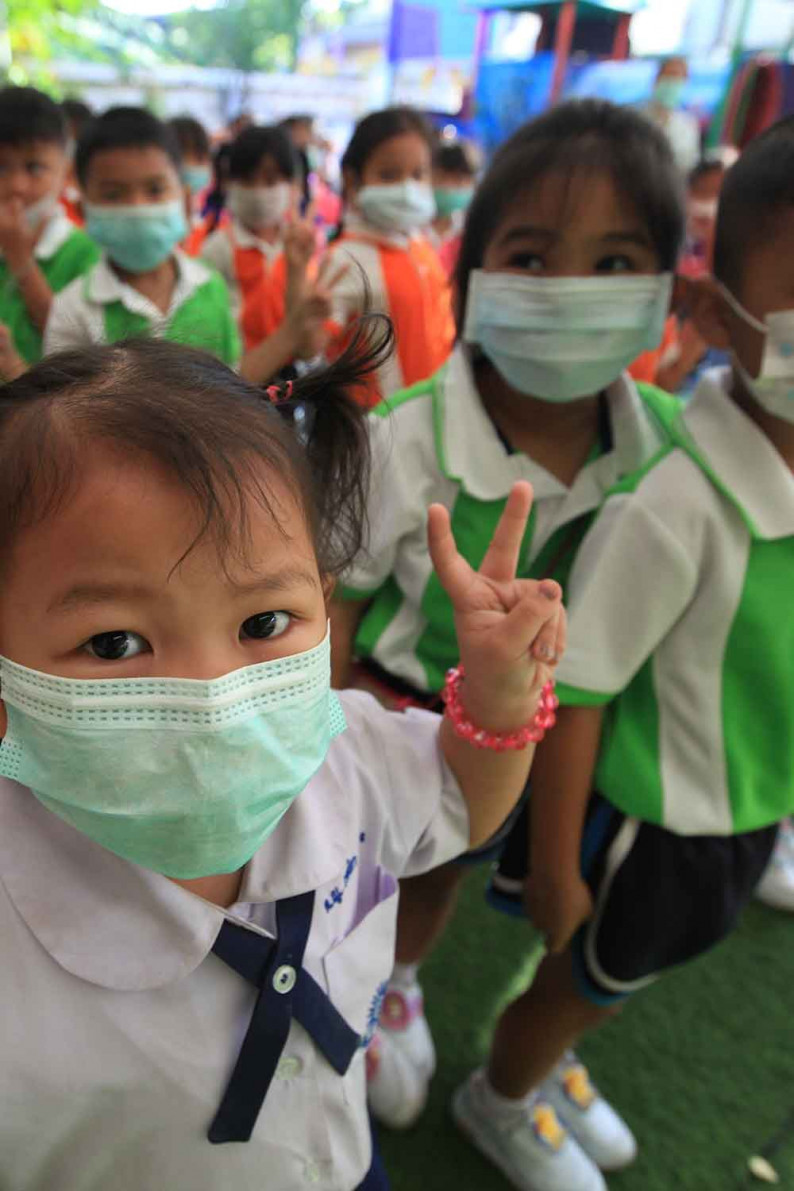'There are three kinds of lies," Mark Twain famously wrote. "Lies, damned lies, and statistics." Too often, the Covid-19 crisis has lent support to the suspicions Twain's bon mot expresses.
Data are critical to fighting the pandemic, but cross-country comparisons have focused too much on the wrong sort, leading to some political leaders a strong incentive to downplay the pandemic, arguably contributing to millions of deaths.
Given widespread mistrust of experts and mainstream media, it is important to emphasise the most informative and reliable Covid-19 data possible. Most attention has primarily centred on countries' officially recorded infections and deaths. The first statistical priority here is pretty obvious: divide cases and deaths by population size in order to express them in per capita terms.
But even when reported on a per capita basis, official totals usually grossly underestimate the true number of infections and deaths. Coronavirus carriers count as infected only if they test positive or are hospitalised, while the death toll comprises only those with Covid-19 listed on their death certificate.
Estimates of the extent of undercounting vary. The Economist's excess-mortality model calculates that Covid-19 has so far killed 7-13 million people globally, about three times the current official death toll of 3.5 million. The undercount tends to be more extreme in lower-income countries. Egypt, for example, has 13 times as many excess deaths as the number officially attributed to Covid-19. For richer OECD countries, the overall undercount is smaller, at an estimated 17%.
Focusing on official reports of Covid-19 cases and attributed deaths does not merely understate the gravity of the crisis. It can lead politicians to reduce testing and suppress bad news, for example, by encouraging doctors to list co-morbidities (such as diabetes) or complications (such as pneumonia) as the cause of death, rather than Covid-19.
The media and the public should instead pay more attention to other indicators that are more informative and less vulnerable to political influence. For starters, the rate of positive coronavirus tests as a percentage of all tests administered is much more instructive than the rate relative to a country's population. India's current positivity rate is an alarming one in four. If Prime Minister Narendra Modi had focused on this indicator a few months ago, perhaps he would have known not to declare victory against the virus prematurely. Instead, he facilitated super-spreading mass political rallies and religious celebrations.
In contrast, the US positivity rate has recently fallen below 3%. This presumably reflects a vaccination rate that is higher than in most other countries.
Paying more attention to the positivity rate would have encouraged governments to increase testing. Instead, the focus on verified infections as a percentage of the population gave policymakers a dangerous incentive to reduce testing. "If we didn't do any testing, we would have very few cases," former US President Donald Trump said in May 2020, falsely claiming that the US was testing more than most other countries.
Mr Trump was not alone. Other leaders have sought to downplay the seriousness of the virus.
To recognise the degree of undercounting is to understand that the pandemic is even worse than we thought. But applying a historical perspective offers at least some encouragement -- provided we handle the statistics properly.
For example, a recent New York Times article claimed that the 2020 jump in the US death rate was not only the worst in decades, but also supposedly surpassed even that caused in 1918 by the global influenza pandemic. Yes, the federal and state governments could have done far better in combating Covid-19. But the outcome was not worse than the so-called Spanish flu. The Times story was misleading in its description of the comparison of excess deaths between 1918 and 2020.
According to the US Centers for Disease Control and Prevention, from 2019 to 2020, the estimated age-adjusted US death rate increased from 715.2 to 828.7 deaths per 100,000 population -- an increase in mortality of 0.114 percentage points. This was a tragically large rise that reflected the pandemic. But is it useful to describe it as a 16% increase in the death rate?
In comparison, the age-adjusted death rate rose from 2,276 per 100,000 in 1917 to 2,542 per 100,000 in 1918, or 0.266 percentage points increased, twice than those of the 2020 crisis. It is misleading to talk of a 12% jump in mortality in 1918 and interpret it as less severe.
The point is that the 2020 increase in the death rate looks worse than the 1918 spike only when compared to other causes of death, which have declined by much more over the last century. Project Syndicate, 2021.
Jeffrey Frankel is Professor of Capital Formation and Growth at Harvard University.

